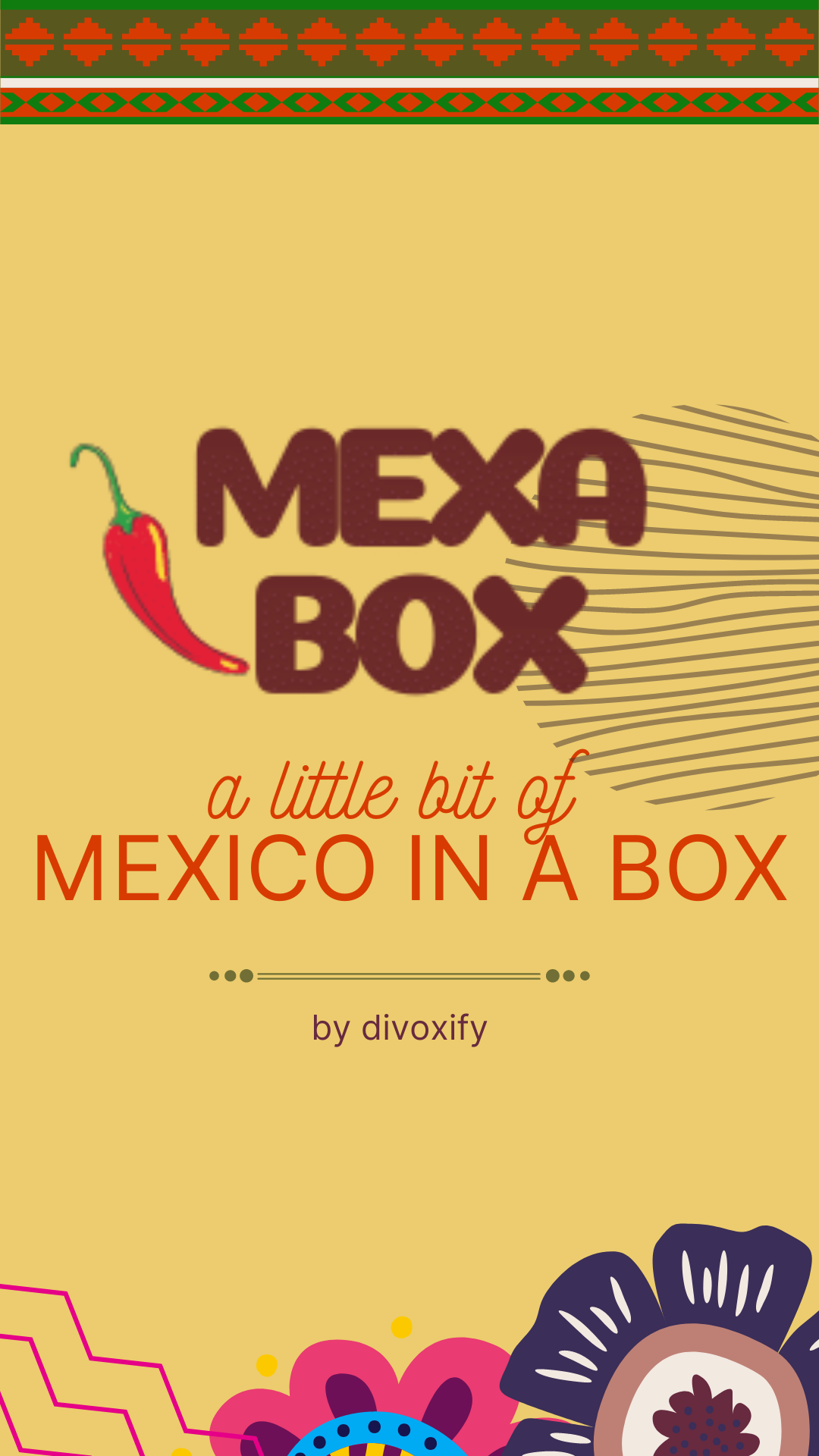Mexican and Estonians. Why are they from opposite cultures? and how can they learn from each other?
- Mexabox

- May 18, 2023
- 3 min read
Updated: May 18, 2023
Hofstede's cultural dimensions are a framework developed by Dutch social psychologist Geert Hofstede to understand and compare cultural differences across countries. The framework consists of six dimensions: power distance, individualism vs collectivism, masculinity vs femininity, uncertainty avoidance, long-term vs short-term orientation, and indulgence vs restraint.
In this blog post, we will analyze the cultural differences between Estonia and Mexico using Hofstede's cultural dimensions. Estonia is a small country located in Northern Europe, while Mexico is a large country in Central America.
Power Distance: This dimension measures the extent to which people in a culture accept and expect power and authority to be distributed unequally. Estonia scores low in power distance, indicating that people in Estonia prefer a more equal distribution of power and authority. On the other hand, Mexico scores high in power distance, indicating that people in Mexico accept and expect a more hierarchical distribution of power and authority.
Individualism vs Collectivism: This dimension measures the extent to which people in a culture prioritize individual goals over collective goals. Estonia scores high in individualism, indicating that people in Estonia prioritize individual goals over collective goals. Mexico, on the other hand, scores low in individualism, indicating that people in Mexico prioritize collective goals over individual goals.
Masculinity vs Femininity: This dimension measures the extent to which a culture values masculine traits such as competitiveness and assertiveness over feminine traits such as nurturing and caring. Estonia scores high in femininity, indicating that people in Estonia value feminine traits more than masculine traits. Mexico scores high in masculinity, indicating that people in Mexico value masculine traits more than feminine traits.
Uncertainty Avoidance: This dimension measures the extent to which a culture tolerates ambiguity and uncertainty. Estonia scores low in uncertainty avoidance, indicating that people in Estonia are more comfortable with ambiguity and uncertainty. Mexico scores high in uncertainty avoidance, indicating that people in Mexico are less comfortable with ambiguity and uncertainty.
Long-term vs Short-term Orientation: This dimension measures the extent to which a culture values long-term planning and future-oriented thinking over short-term gratification. Both Estonia and Mexico score low in this dimension, indicating that both cultures value short-term gratification over long-term planning.
Indulgence vs Restraint: This dimension measures the extent to which a culture values indulgence and enjoyment of life over restraint and self-control. Estonia scores high in indulgence, indicating that people in Estonia value enjoyment of life more than restraint and self-control. Mexico scores low in indulgence, indicating that people in Mexico value restraint and self-control more than enjoyment of life.
Now that we have analyzed the cultural differences between Estonia and Mexico using Hofstede's cultural dimensions, let's discuss how these two extreme cultures can benefit from one another and how people from Estonia and Mexico can deal with these cultural differences.
1. Communication styles: Estonians tend to be direct and to the point in their communication, while Mexicans tend to use more indirect and elaborate language. By learning from each other's communication styles, Estonians can become better at expressing their emotions and building relationships, while Mexicans can become more efficient and concise in their communication.
2. Time management: Estonians are known for their punctuality and adherence to schedules, while Mexicans tend to be more relaxed about time. By learning from each other's time management styles, Estonians can become more flexible and adaptable, while Mexicans can become more organized and efficient.
3. Work-life balance: Estonians place a high value on work-life balance and prioritize their personal time, while Mexicans tend to work longer hours and place a higher emphasis on career success. By learning from each other's attitudes towards work and leisure, Estonians can become more driven and ambitious, while Mexicans can become more mindful and balanced in their approach to work.
4. Food culture: Estonians have a rich culinary tradition of using local ingredients and preserving food, while Mexicans are known for their bold and vibrant flavors. By learning from each other's food cultures, Estonians can expand their culinary horizons and experiment with new flavors, while Mexicans can appreciate the simplicity and sustainability of Estonian cuisine.
5. Social norms: Estonians tend to be reserved and private in their social interactions, while Mexicans are more outgoing and expressive. By learning from each other's social norms, Estonians can become more comfortable with expressing themselves and building social connections, while Mexicans can become more respectful of personal boundaries and privacy.
Estonia and Mexico can benefit from each other by connecting more via cultural exchange talks

These talks can help people from both countries learn about and appreciate each other's cultures.
Estonians can learn from Mexicans about the importance of collective goals and the value of family. On the other hand, Mexicans can learn from Estonians about the importance of individualism and the value of self-expression.
Overall, by embracing and learning from each other's cultural differences, Mexicans and Estonians can broaden their perspectives, develop new skills, and foster deeper connections with each other.

Comments